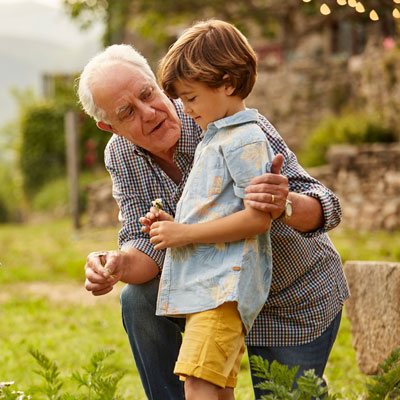 Whether you’re planting a flower bed or herb garden, pulling weeds or spreading mulch, all of these activities can easily strain the spine, especially if you’re bending or twisting excessively.
Whether you’re planting a flower bed or herb garden, pulling weeds or spreading mulch, all of these activities can easily strain the spine, especially if you’re bending or twisting excessively.
Many people try to complete all their gardening tasks in one day due to unpredictable weather, which often results in overexertion. Doing so increases the likelihood of back injuries.
Slow and steady is key. Prioritize gradual progress by planning your tasks over several days, and avoid sudden bending or twisting motions.
Effective Stretching and Warm-up Exercises
Warming up before and stretching after gardening can reduce your risk of injury. Dr. Christel offers some helpful key stretches to help keep you flexible:
Runner Stretch: Place one leg back against a wall or door, stretching to feel the pull in your calves and thighs. Hold for 15-20 seconds and alternate legs.
Quad Stretch: Stand with one hand against the wall, bend your knee, and pull your ankle back to stretch the front of your thigh.
Side Stretch: Interlock your fingers, stretch your arms overhead, and lean to each side for 10-15 seconds.
Twist Stretch: Hold your arms at shoulder height and twist gently in each direction for 15-20 seconds.
The Importance of Maintaining Proper Posture
While gardening, it’s important to maintain proper posture, which can help keep your spine aligned. Avoid twisting or bending at the waist. Instead, squat or kneel down and keep what you’re lifting close to your body to engage your core and leg muscles. When shoveling or mulching, move your whole body instead of overextending.
Give Your Back a Break With Ergonomically Friendly Tools
Consider investing in modern ergonomic gardening tools like long-handled trowels and stand-up weed pullers to make your gardening tasks more comfortable. These are designed to minimize strain and allow you to stand upright while working. Investing in these tools can significantly reduce the burden on your back.
Pain Relief Is a Call Away
If you have persistent aches and pains beyond 48-72 hours after gardening, don’t hesitate to seek help. Schedule a consultation with Dr. Christel to address the issue promptly and prevent it from becoming chronic. Your health and comfort are important, so listen to your body and garden safely!
CONTACT US »
